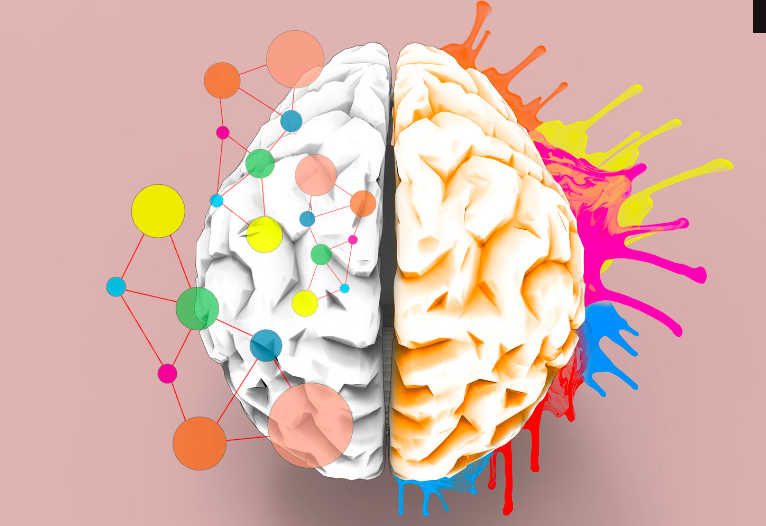The Neuroscience of Writer’s Block
Writer’s block – those dreaded words that every student, at some point, encounters during their academic journey. It’s that frustrating state when the blank page stares back, seemingly mocking your attempts to produce coherent words and ideas. But fear not! In this blog post, we will dive into the fascinating world of neuroscience to unravel the mysteries behind writer’s block and explore effective strategies to overcome this common creative hurdle. So, let’s embark on a journey through the intricate pathways of our brain!
- The Brain’s Creative Process:
To understand writer’s block, we must first comprehend the brain’s creative process. It all starts in the prefrontal cortex, the region responsible for planning, organizing, and initiating tasks. When we sit down to write, this area springs into action, generating ideas and setting the stage for creativity. However, certain factors can disrupt this flow, leading to writer’s block.
- The Role of Stress and Anxiety:
One major contributor to writer’s block is stress and anxiety. When we feel overwhelmed or pressured to perform, the amygdala, our brain’s fear center, gets activated. This triggers a fight-or-flight response, diverting resources away from the prefrontal cortex. Consequently, our ability to think creatively and produce coherent thoughts diminishes, leaving us stuck in a cycle of frustration.
- Perfectionism and Fear of Failure:
Perfectionism can also fuel writer’s block. The fear of not meeting our own lofty standards or the expectations of others can paralyze our creative faculties. This fear is rooted in the brain’s fear circuitry, where the amygdala again plays a pivotal role. By understanding this connection, we can begin to challenge our perfectionist tendencies and embrace a growth mindset that encourages exploration and learning from mistakes.
- Overcoming Writer’s Block:
Now that we have uncovered the neuroscience behind writer’s block, it’s time to explore effective strategies for overcoming this creative barrier:
a. Embrace Freewriting: Set aside your inner critic and write without judgment. Allow your thoughts to flow freely, even if they initially seem disjointed. This technique bypasses the fear circuitry and encourages the brain to generate ideas more effortlessly.
b. Break It Down: Overwhelm often contributes to writer’s block. Break your writing task into smaller, manageable chunks. This not only reduces stress but also provides a sense of accomplishment, boosting motivation and creativity.
c. Create a Supportive Environment: Your surroundings can significantly impact your writing. Find a comfortable space, eliminate distractions, and surround yourself with inspiring visuals or soothing music. A conducive environment can stimulate your brain and enhance focus.
d. Practice Mindfulness: Engage in mindfulness exercises, such as deep breathing or meditation, to calm the amygdala and reduce stress. By cultivating a relaxed state of mind, you create space for creativity to flourish.
e. Seek Feedback and Collaboration: Sharing your work with others can alleviate the burden of perfectionism and offer fresh perspectives. Collaborate with peers, join writing groups, or seek guidance from mentors. Constructive feedback and diverse viewpoints can inspire new ideas and inject life into your writing.
Writer’s block may feel like an insurmountable obstacle, but armed with an understanding of the neuroscience behind it, you can reclaim your creative flow. By managing stress, embracing imperfection, and implementing practical strategies, you can overcome this hurdle and unleash your inner wordsmith. Remember, writing is a journey of exploration and growth, and writer’s block is just a temporary detour. So, grab your pen, let your ideas soar, and fearlessly conquer the blank page!







